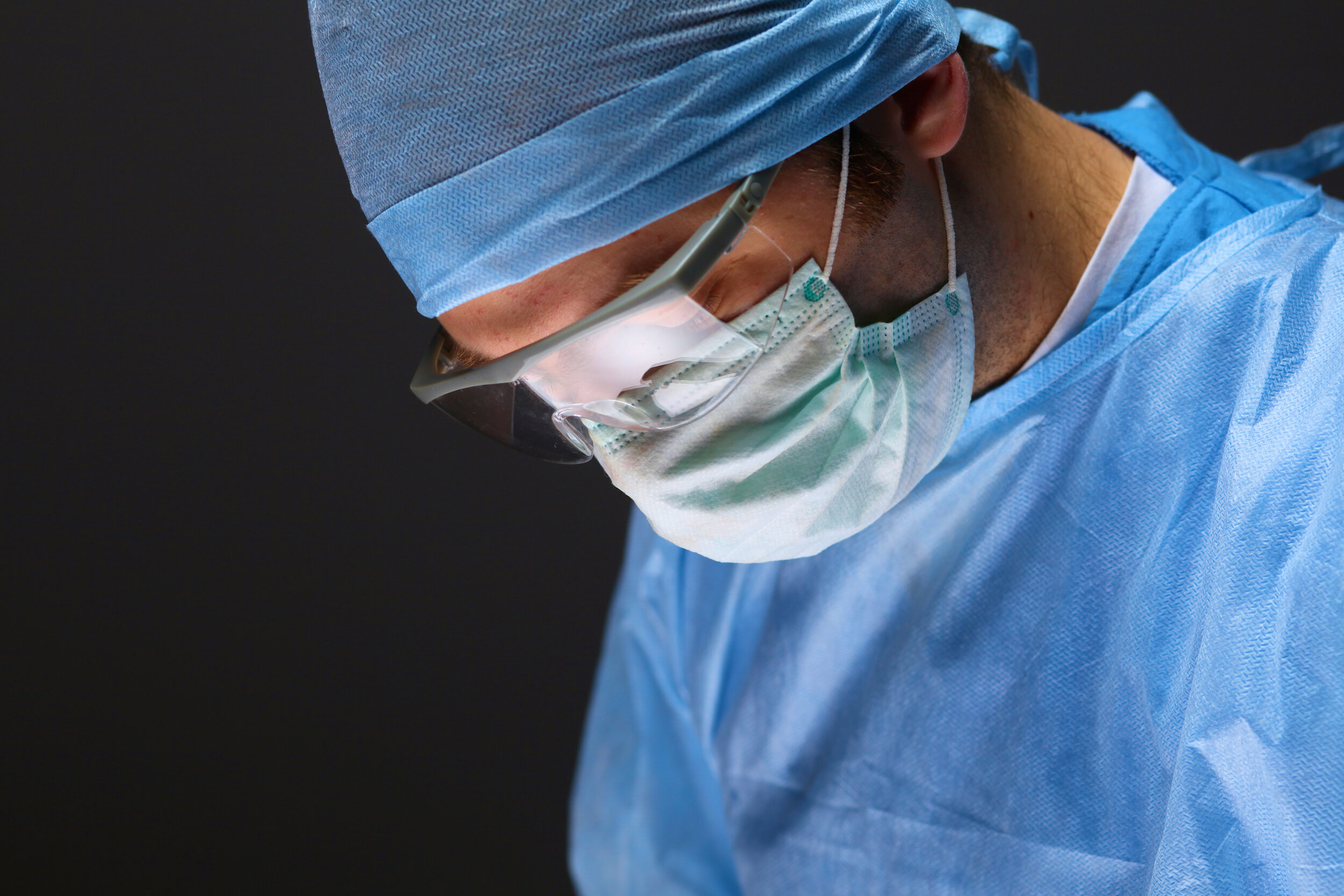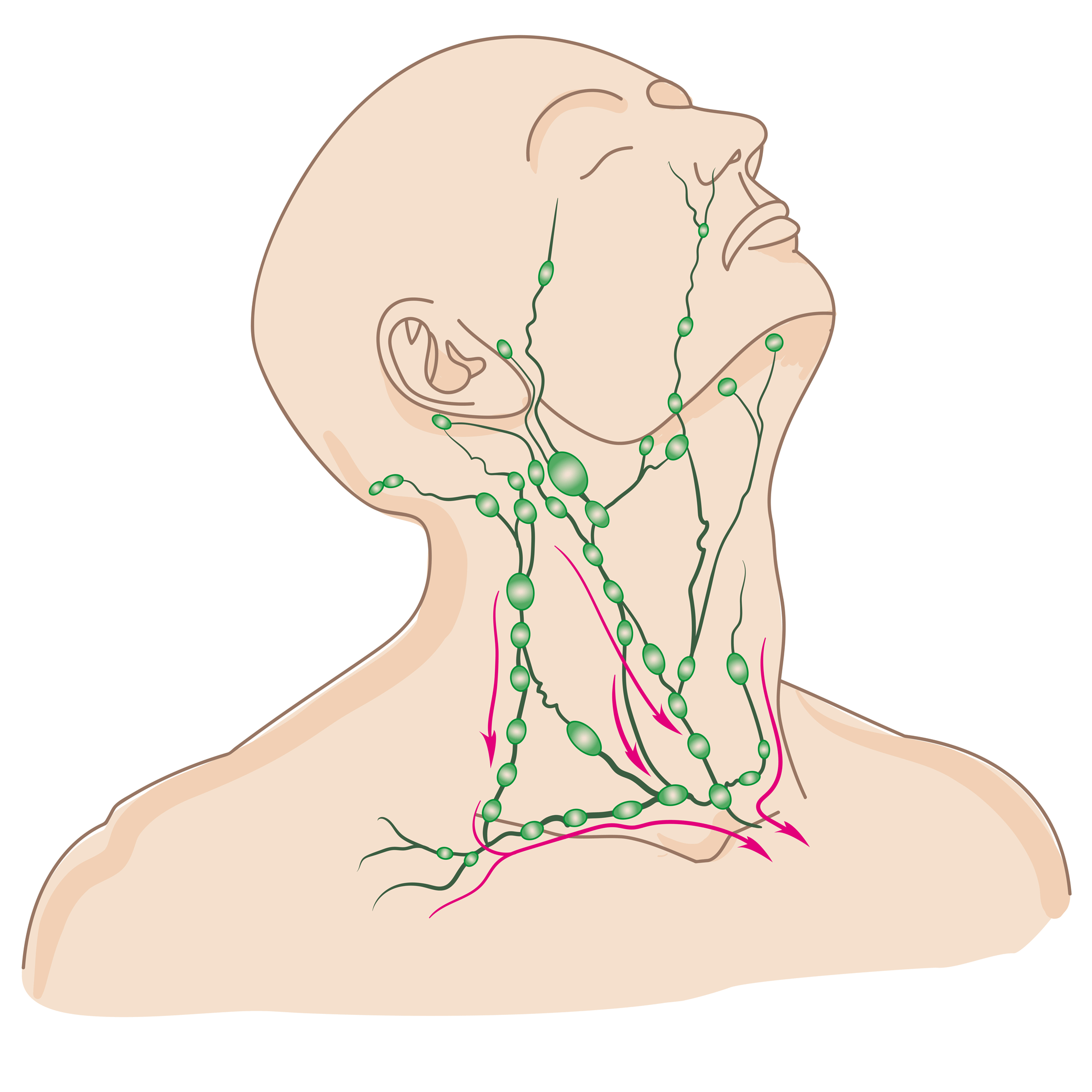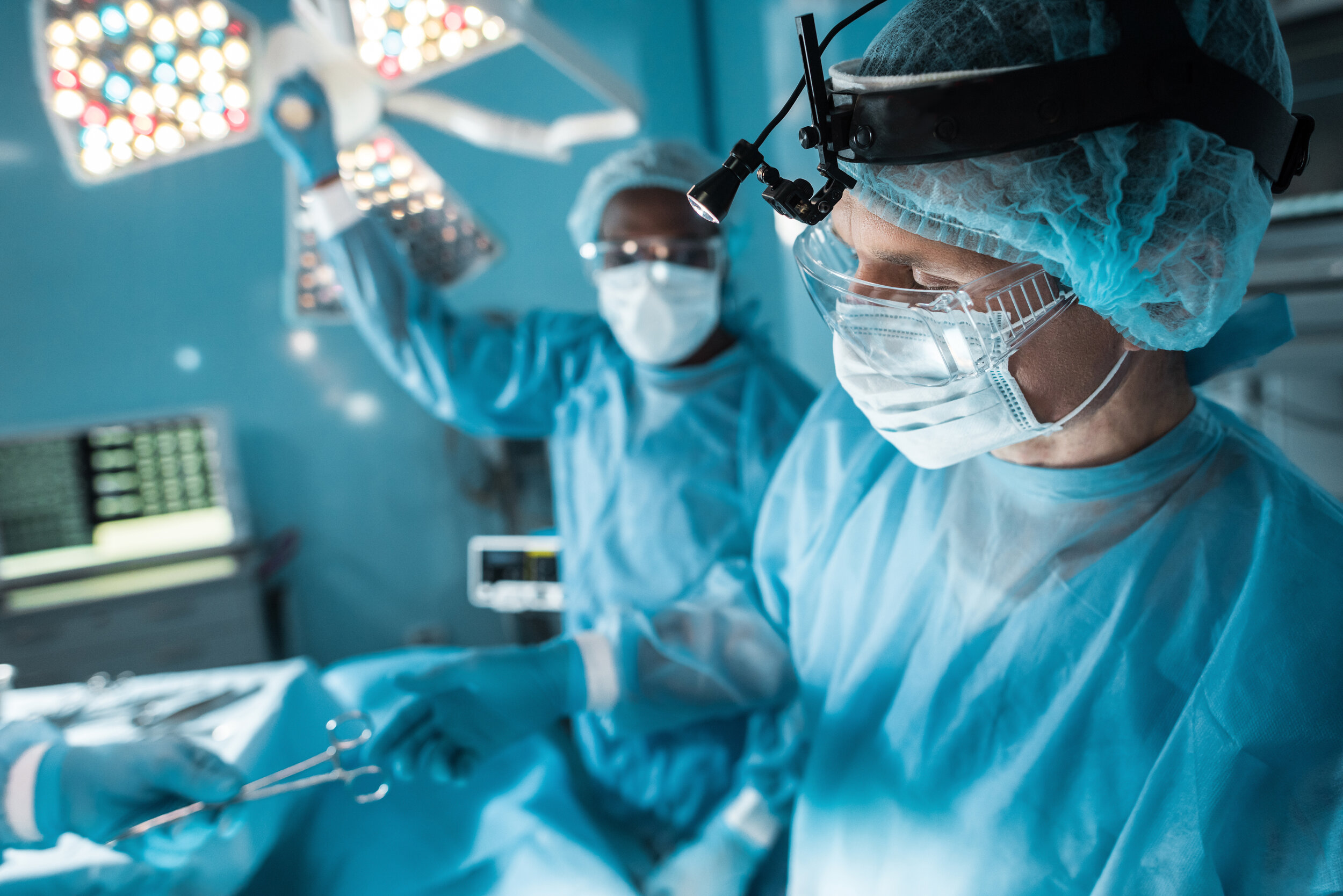Treatments: Salivary Gland Tumors
Once a salivary gland tumor has been identified and biopsied, its appearance under a microscope gives it a name and us a general idea of how it will behave. As such, a best treatment plan may be formulated. Surgery is the typical mainstay treatment of salivary gland tumors, though radiation therapy, medical therapy, or even observation are utilized in certain circumstances. Each mode of treatment (surgery, radiation, and chemotherapy/immunotherapy) has its own set of risks, benefits, and expected outcomes, all of which are incorporated into a treatment recommendation.
removal of the parotid gland (Parotidectomy)
Removal of the parotid salivary gland is performed in the operating room under general anesthesia. Tumor removal is a delicate process whereby identification and protection of the facial nerve as it courses through the parotid gland is undertaken. Generally speaking, removing a small tumor poses less risk to nearby structures than removing a large tumor. If the anatomy allows, the tumor is removed with a cuff of normal tissue all around it, called the “margin.” The surgical incision tends to heal inconspicuously (as it is very similar to the incision used for a facelift), and some ear and facial numbness occur but improve with time.
Removal of the submandibular gland (submandibular gland excision)
With an incision under the jawbone made to blend in with the grain of normal creases, the submandibular gland is carefully separated from the surrounding structures, including nerves that move the lower lip, the tongue, and a nerve that transmits taste and feeling to the tongue. There tends not to be any noticeable skin indentation or loss of fullness in the area afterwards, and the once the incision has healed fully, it is usually minimally noticeable. Submandibular gland excision is performed for benign or malignant neoplasms of this gland as well as for persistent and severe infections or blockages of the gland that cannot be treated successfully otherwise.
Removal of the sublingual gland (including plunging ranula)
Less commonly needed than removal of the other major salivary glands, removing the sublingual gland may be done for a neoplasm (benign or malignant) or for a sac-like collection of saliva that extends a short ways into the neck (which is called a plunging ranula).
Excision of minor salivary gland tumors
Since minor salivary glands are scattered throughout the mouth and throat just under the surface, removal of a tumor arising in a minor salivary gland is usually a matter of excision through the open mouth. Depending on the need, tissue may be borrowed from elsewhere to cover the wound and reform normal anatomy as best as possible.
removal of lymph nodes (cervical lymphadenectomy or “neck dissection”)
When a salivary gland growth is found to be a malignant (cancerous) that has already spread or is at significant risk of spread to the lymph nodes to the neck, a surgical procedure may include removal of the affected or at-risk lymph nodes. Removing neck lymph nodes (“cervical lymphadenectomy” or “neck dissection”) is a procedure with many different modifications dependent on the situation and goals.
Extended resection for advanced cancers
Not only can a malignant tumor (cancer) spread to another part of the body, but it can also grow outwards from its starting location. Cancers tend not to “respect” anatomic boundaries and instead grow right through surrounding structures, which may include nerves, bone, or skin. When surgery is undertaken to remove a cancer, including cancers that have grown aggressively from their site of origin (called “locally advanced cancers”), every effort is made by the surgeon to remove the entire cancer with an adequate cuff of normal tissue around it in all directions, but no more. After removal of the cancer, the area of missing tissue (the “surgical defect”) may need reconstruction of some sort to yield the best form and function afterwards. This may involve borrowing tissues from the surrounding area or somewhere further away to re-form anatomy as close to the original as possible.
Radiation therapy for salivary gland tumors
Radiation therapy may be used as the primary treatment for some salivary gland cancers or, more commonly, is used as an additional treatment after surgery for higher risk tumors. Knowing the type of cancer generally predicts its behavior and response to various types of treatment. Among cancers for which radiation therapy is effective, such as mucoepidermoid carcinoma, adenoid cystic carcinoma, acidic cell carcinoma, and squamous cell carcinoma, radiation may be used after surgery when the risk of recurrence around the salivary gland of origin or in the nearby lymph nodes is high or when surgery is not an option. Radiation therapy is sometimes used for recurrence of the benign tumor, pleomorphic adenoma.
chemotherapy for salivary gland cancers
Chemotherapy, or medication to help kill cancer cells, has a limited role in salivary gland cancers. Types of cancer involving the salivary glands in which chemotherapy is used include squamous cell carcinoma, which does not arise from the salivary gland but rather may spread to the lymph node(s) within a salivary gland, and lymphoma (which may arise from lymph nodes within the salivary gland). Chemotherapy is the mainstay of treatment for lymphoma and may be used in combination with radiation therapy for advanced or high risk squamous cell carcinoma. Cancers arising from salivary gland tissue are typically not responsive to chemotherapy.
Immunotherapy for salivary gland cancers
Immunotherapy is treatment with medicines to boost a person’s own immune system to recognize and destroy cancer cells more effectively. Immunotherapy, such as pembrolizumab (Keytruda), may be used for advanced salivary gland cancers, especially when other treatment types have been utilized and/or when no other good option exists.
This page












